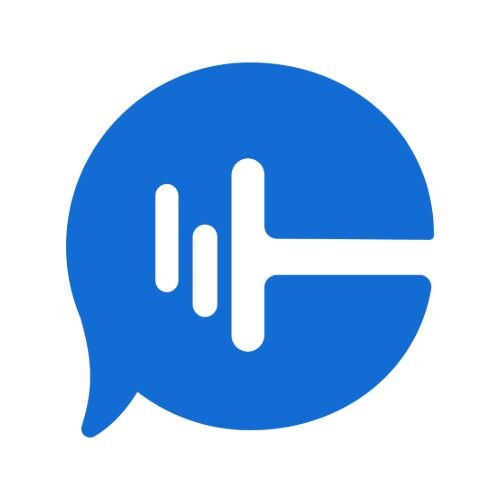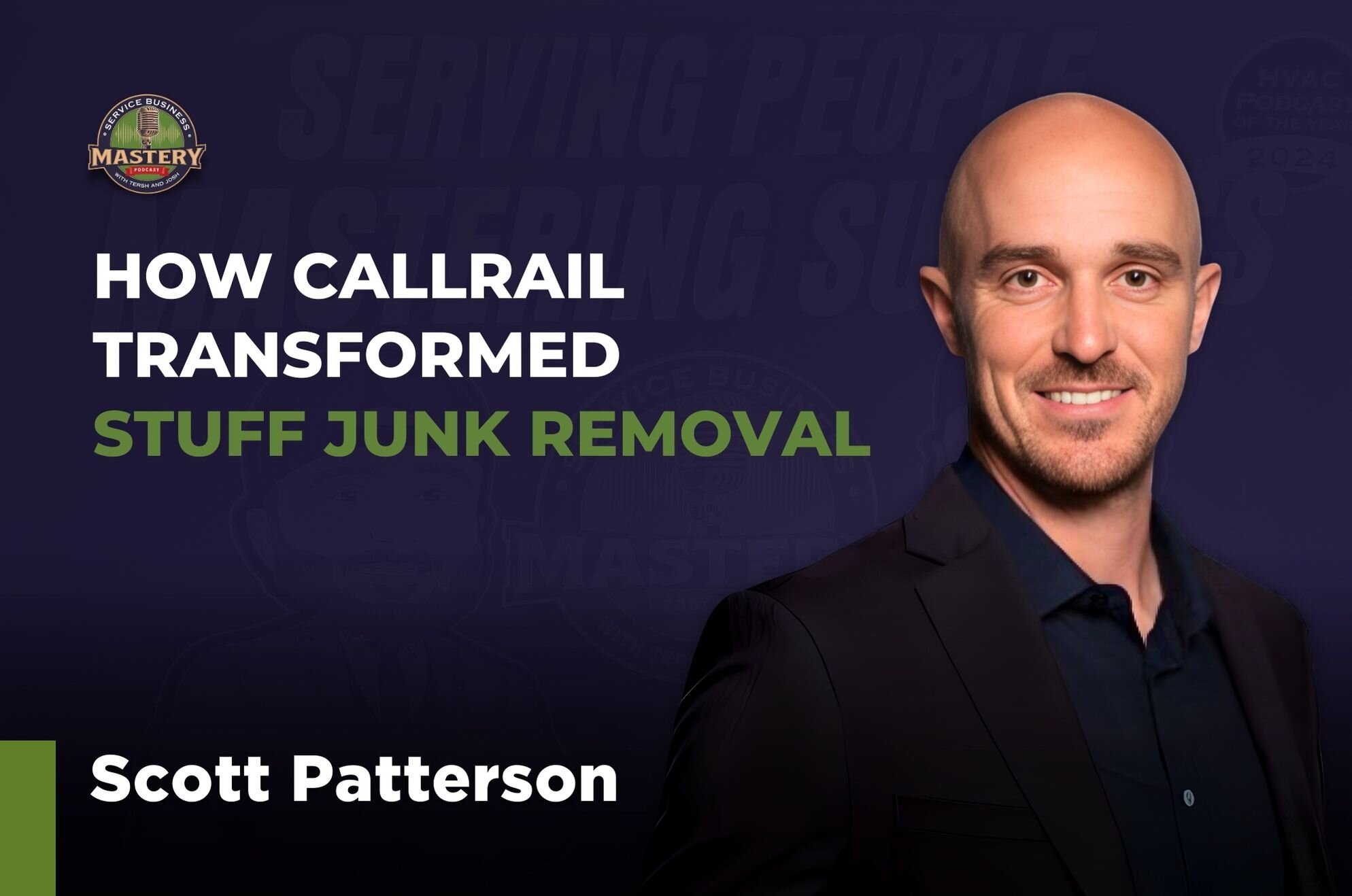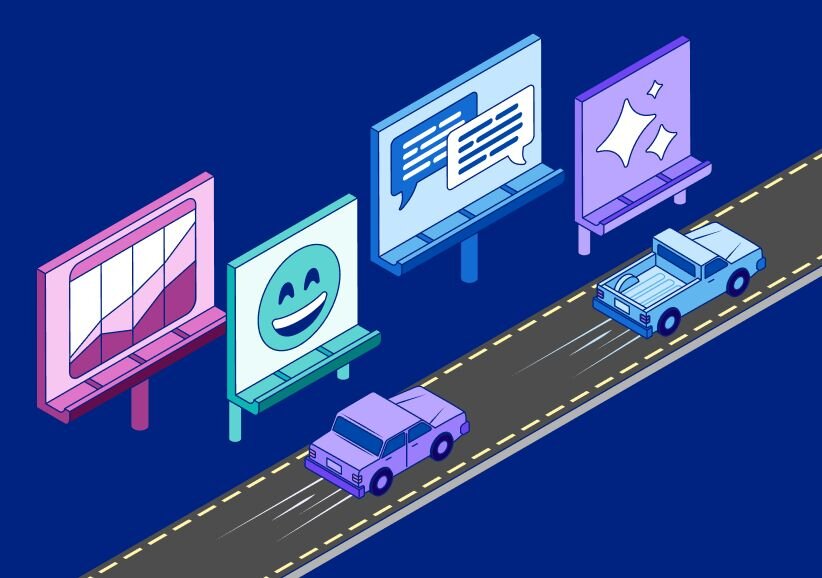Guide to Call Tracking for Franchises & Multi-Location Businesses
For a sector of the U.S. economy that directly employs 9 million Americans, generates close to a trillion dollars in economic output, and whose growth is expected to outpace overall economic growth in 2015, you’d be forgiven for thinking that franchises have marketing figured out. The truth is that franchise and multi-location businesses present unique challenges for marketers, especially those who want to adopt newer technology like call tracking.
Often here at CallRail we’re asked about the best way to implement call tracking for multi-location businesses and franchises. I decided to write this guide on how to make call tracking work for exactly these types of businesses. While I’ll refer to franchise businesses throughout the guide, it’s important to note that the guide applies equally to multi-location businesses of all kinds. For non-franchise, multi-location businesses, simply replace the word “franchise” with “multi-location” and “franchisee” with “location marketing manager”.
In this guide you will learn:
- Why franchise marketing presents unique challenges
- How to properly set up call tracking for any franchise
- How call tracking fits into the multi-location marketing mix
- Why franchises are adopting call tracking
Why is franchise marketing different?
Each franchisor has its own rules for how franchisees can advertise their brand and even what online assets (website, online listings, social media accounts, etc.) a franchisee has control over. These rules vary widely from franchise to franchise, with older franchisors often leaving more decisions in the hands of the franchisee and newer ones often cherry-picking certain new marketing platforms they want to keep in corporate’s hands.
Reviewing franchisor/franchisee agreements shouldn’t be in the wheelhouse of the average franchise marketer, but it’s best to double check your business’s franchise agreement before implementing call tracking. Here are a few other things to consider before getting started:
- Platform fragmentation – Let’s say you want to set up visitor-level call tracking for your Plumber Hunks location in Hunker, PA but Plumber Hunks corporate controls your social media accounts and website. While you control your Google Ads (formerly AdWords) & other PPC accounts, you will need corporate to install the Dynamic Number Insertion javascript code on your website. There are other scenarios but just keep in mind that you may need to enlist the support of others to get call tracking up and working for your location. Here at CallRail, our support documents and enthusiastic team are always ready to help you out with this. (If your franchisor is skeptical about using call tracking, feel free to set up a call with someone on our team.)
- Multiple Location implementations – You might own several franchise locations that you want to set up with call tracking. Or you might be a marketer at corporate that would like to set up call tracking for your entire franchise network. If this is the case, you’ll want to make sure that you set up the right settings for each location (hours, user access for location managers, greetings, etc.). You’ll also want to make sure you can access all the information in one place for all locations. Make sure to set up a call tracking system with multiple location agency support. Setting up the locations right in the beginning can save your team a lot of time and headaches down the road. For how to set up multiple locations with keyword level call tracking within CallRail, go here.
- Call Answering Service – If you’re working with any location that has a call answering service, you’ll want to make sure to route the calls properly. While this can be relatively straightforward, if your franchise has an after-hours call answering service then you’ll need to set up call scheduling. CallRail makes this easy with Call Flow Builder, an intuitive call handling solution that includes IVR (Interactive Voice Response) menus, SIP forwarding, simulcall, and scheduling capability.
- Existing Location Phone Numbers – This is one of the most frequent questions we get about call tracking for franchises. Basically, the question goes like this:
- Question: We have 800 locations across the United States and Canada and we want to implement call tracking & recording for each individual location for all calls. How do we do that without changing all of our phone numbers?
- Answer: Porting. If you want every single call to be tracked, and there’s plenty of reasons why you would, then simply port those 800 phone numbers over to CallRail. (Tip: It’s free to port phone numbers into and out of CallRail; here’s how.)
How does multi-location call tracking work?
Call tracking for multiple locations, if set up properly, works in the same way it does for a single location. Data is collected from each inbound phone call made to a franchise location. This data can then be analyzed to determine which advertising campaigns are paying off in real leads. There are two types of call tracking for multiple locations that you might want to use.
- Visitor Level Call Tracking: Sometimes referred to as keyword level call tracking, this type of implementation gives you more granular data about the caller’s path to making a phone call. For example, you might want to know what keyword a caller clicked on, what pages she visited on your website, and the last page she was on when she called. Or you might want to know which social media marketing referral led to a phone call. For this type of call tracking, you’ll need to install the Dynamic Number Insertion javascript code snippet on every page of your website that has a phone number (which hopefully is all of them.)
- Single Source Call Tracking: This type of implementation is good for particular advertising campaigns that you want to track back to a single source or an offline source like a billboard. For example, let’s say I’m a corporate marketer for City Farm Insurance and in the process of setting up a radio broadcast campaign to advertise all of my franchise brokers in the greater Chicago area. I create a radio campaign ad that includes a call-to-action (CTA) with a phone number and I want to track how many phone calls came in from people who heard that ad. In this scenario, I would set up a source tracking phone number to collect the data and set up the call flow to divvy up calls evenly across the 18 City Farm Insurance brokers in the Chicago area. (In CallRail this would be done with a simple call step called Round Robin.)
Why franchises are using call tracking
From 2 locations to 2,000, call tracking can give empower your marketing team with insights hidden in your franchise’s phone calls. When I talk to our customers who run franchise businesses about why they choose to implement call tracking, there are many different answers. Most of them, however, boil down to these 3 reasons.
- Attribution and ROI – This is the single biggest reason franchise locations around the U.S. and Canada are setting up call tracking. As spending on local marketing and advertising goes up and as digital advertising takes a bigger and bigger chunk of that ad mix, the ability to attribute revenue back to ad sources is critical to the success of those efforts. Many franchise owners setting up call tracking on their own for this very reason, even if corporate franchise marketers are slower to adopt the technology.
- Functionality – Frustrated with large telecommunications companies that offer only basic phone numbers, advanced franchise marketers are opting for unshackled, full-service phone numbers from call tracking companies like CallRail. With functionality that includes call recordings, advanced call routing, call scheduling, SIP endpoint forwarding, advanced caller ID dashboards, and the ability to tie each phone call back to a particular source, franchises are demanding more out of their phone numbers. Add all of this to the analytics platform that generates reports about call data, and most franchise managers never go back to a basic phone line.
- Cost – In the not-so-distant past call tracking and analytics software was cost prohibitive for the average franchise location. Now, multi-location businesses can get up and tracking in a few short minutes starting at $3/month for a local phone number and $0.05/minute. (CallRail’s base plan starts at $30/month.) All this functionality for this low price has franchisors and their member franchise locations opting for full-service call tracking.
Whether you are a franchisor, an individual franchise owner, or provide marketing services for franchise businesses, call tracking can be invaluable to understanding the ROI on your advertising investments. If inbound phone calls are an important lead channel for your business and you’re spending money on advertising to produce those phone calls, call tracking helps you connect the dots.
If your franchise or multi-location business is ready to get started with call tracking, we would love for you to consider CallRail. We’ve helped thousands of businesses like yours get call tracking set up at each location and begin collecting valuable insights hidden in your phone calls.
To test drive call tracking by CallRail, either:
- Sign up for a Free 14 Day Trial (No credit card required)
- Request a Demo
- Contact Us











